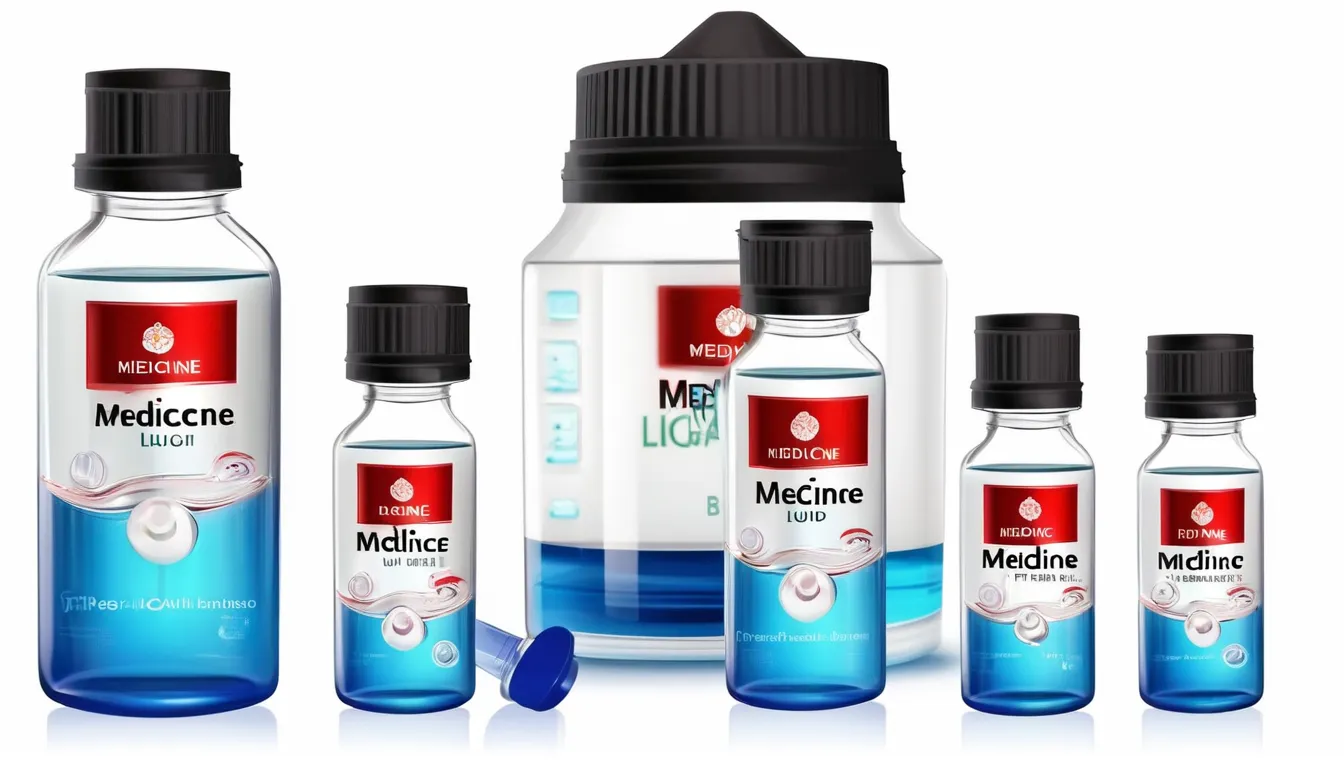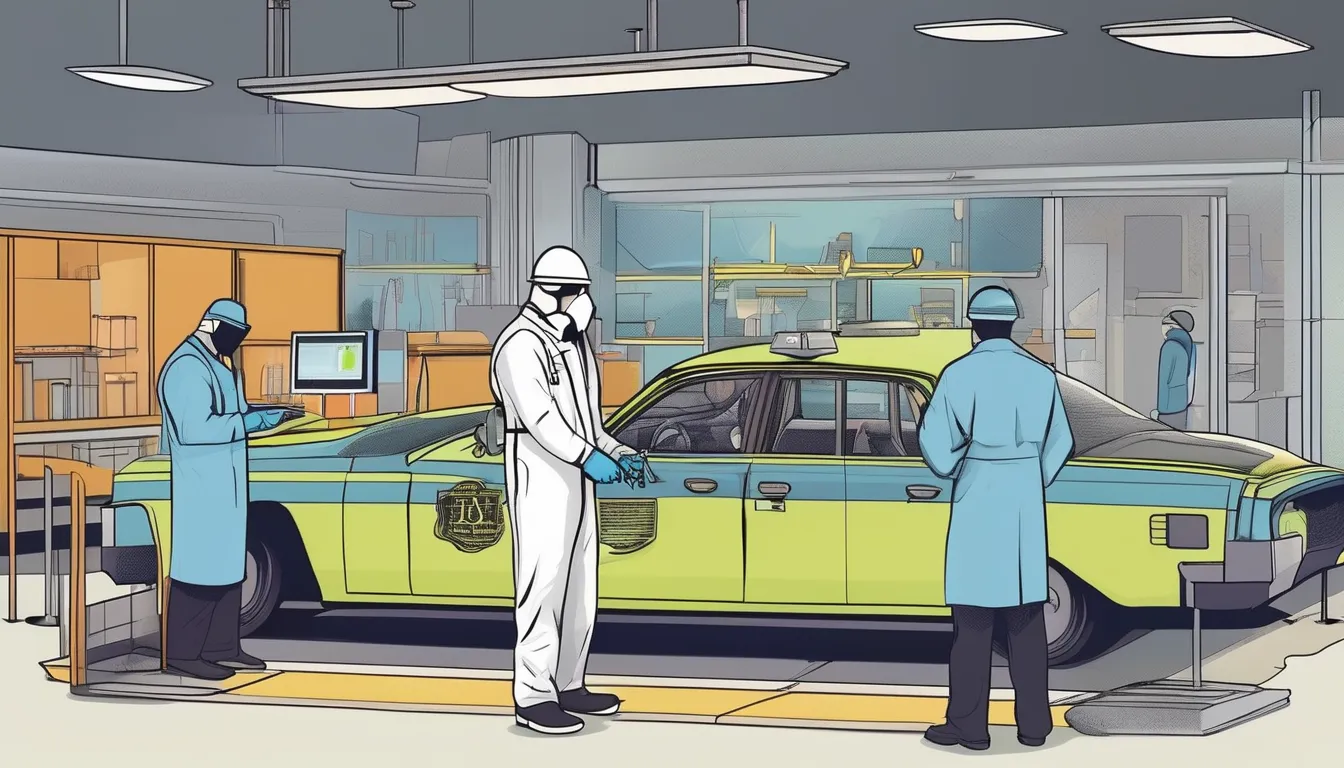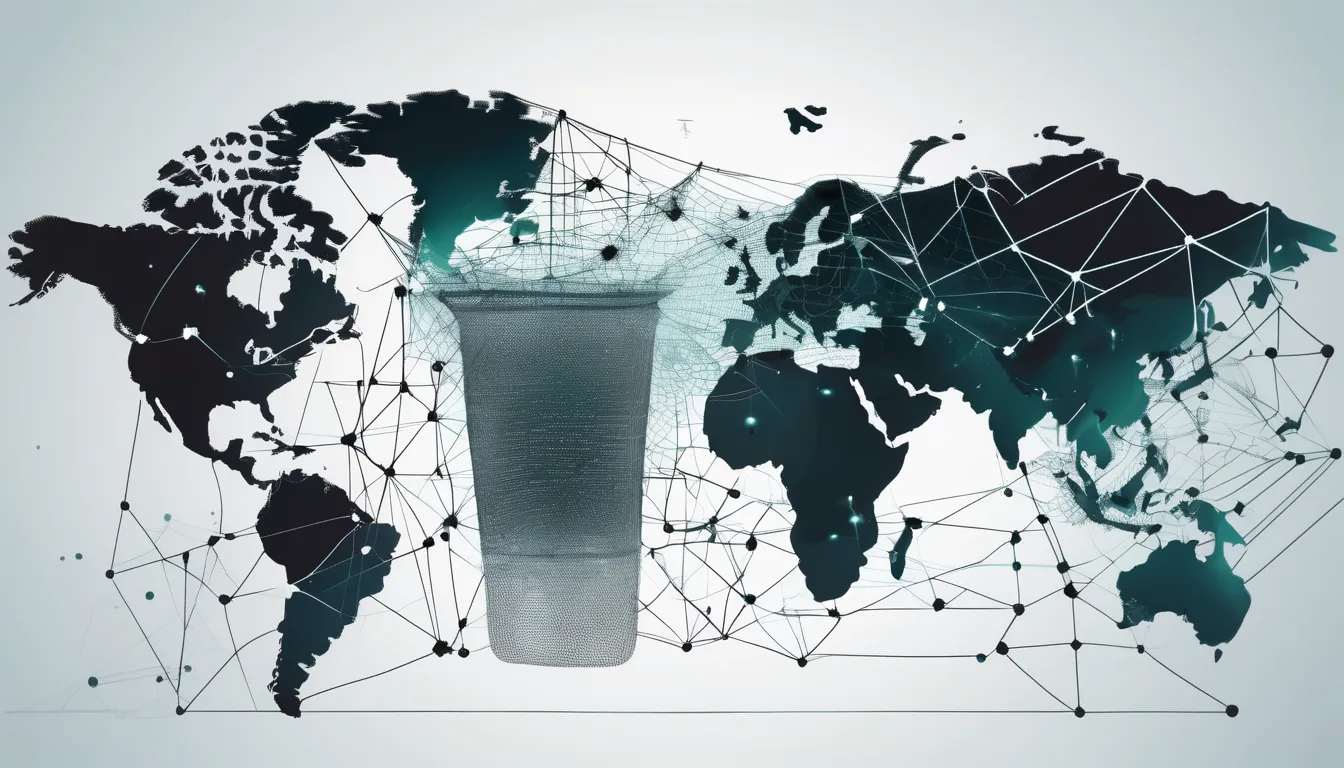Bridging the Skills Gap Educating the Next Generation of Cyber Defenders
You’re well aware that the cybersecurity landscape is becoming increasingly complex, and the need for skilled cyber defenders is more pressing than ever. As you consider the challenges of bridging the skills gap, you might wonder: what’s the most effective way to educate and equip the next generation of defenders? The answer isn’t as straightforward as it seems. With emerging threats and trends constantly evolving, the skills required to keep pace are changing rapidly. To build a robust pipeline of skilled cyber defenders, you’ll need to understand the skills gap, emerging threats, and the essential skills required for success – but where do you start?
Understanding the Skills Gap
The cybersecurity landscape has a gaping hole: a shortage of skilled professionals, often referred to as the skills gap. This gap isn’t just a minor issue; it’s a major concern that affects organizations worldwide.
As you navigate the complex world of cybersecurity, you’ll realize that the demand for skilled professionals far exceeds the supply.
You might wonder why this gap exists. The answer lies in the rapidly evolving nature of cybersecurity.
New threats emerge daily, and the skills required to combat them are constantly changing. Many educational institutions struggle to keep up with these changes, leaving students underprepared for the workforce.
Additionally, the field of cybersecurity requires a unique blend of technical, analytical, and problem-solving skills, making it challenging to find qualified candidates.
To bridge this gap, you need to understand the skills that are in short supply. These include skills such as threat analysis, incident response, and security architecture.
Emerging Threats and Trends
New cybersecurity threats are emerging at an alarming rate, putting pressure on organizations to stay ahead of the curve. As you navigate this complex landscape, it’s crucial to stay informed about the latest trends and threats.
One of the most significant emerging threats is the rise of artificial intelligence (AI) and machine learning (ML) powered attacks. These AI-driven attacks can evade traditional security measures, making them increasingly difficult to detect and prevent.
You’re also likely to see a surge in cloud-based threats as more organizations migrate their data and applications to the cloud. The Internet of Things (IoT) is another area of concern, with the growing number of connected devices creating new vulnerabilities and attack surfaces.
Furthermore, as you face these emerging threats, you’ll need to be aware of the increasing sophistication of social engineering attacks, which can compromise even the most secure systems. Staying ahead of these threats requires a deep understanding of the evolving cyber threat landscape and the ability to adapt and respond quickly.
Essential Skills for Defenders
As you navigate the complex cyber threat landscape, staying ahead of emerging threats requires a unique combination of essential skills that enable defenders to protect their organizations effectively.
You need to possess a strong foundation in technical skills, including programming languages, networking fundamentals, and operating system knowledge.
Proficiency in security technologies, such as firewalls, intrusion detection systems, and encryption methods, is also crucial.
You must also develop soft skills, including problem-solving, critical thinking, and communication.
The ability to analyze complex situations, identify potential vulnerabilities, and develop effective mitigation strategies is vital.
Additionally, you need to stay up-to-date with the latest threats and trends, which requires a commitment to ongoing learning and professional development.
In terms of specific skills, you should focus on developing expertise in areas such as threat intelligence, incident response, and security analytics.
You should also be familiar with security frameworks and compliance regulations, such as NIST and GDPR.
Effective Education Strategies
Effective education strategies for cyber defenders typically involve a combination of hands-on training, real-world simulations, and continuous learning. You’ll find that this approach allows students to develop practical skills, apply theoretical knowledge, and stay up-to-date with the latest threats and technologies.
Hands-on training can take many forms, such as participating in bug bounty programs, attending hackathons, or engaging in capture-the-flag challenges. These activities help build problem-solving skills, critical thinking, and collaboration.
Real-world simulations, on the other hand, provide students with a safe and controlled environment to practice responding to cyber attacks. This can include simulated phishing attacks, ransomware outbreaks, or network breaches.
By participating in these simulations, you’ll be able to assess your skills, identify areas for improvement, and develop effective incident response strategies.
To support continuous learning, you should seek out online resources, attend webinars, and participate in online forums. This will help you stay current with the latest threats, technologies, and best practices in the field.
Building a Cybersecurity Pipeline
How will you ensure that there’s a steady supply of skilled cyber defenders to protect networks and systems from increasingly sophisticated threats.
Building a cybersecurity pipeline is crucial to meeting this challenge. You’ll need to create a pathway that encourages and supports students to pursue a career in cybersecurity from a young age.
This can be achieved by integrating cybersecurity into school curricula, starting from primary school to university. You can also partner with educational institutions to develop cybersecurity programs that are relevant to industry needs.
To build a strong pipeline, you should also provide opportunities for students to gain hands-on experience through internships, apprenticeships, and hackathons.
This will help them develop the skills and knowledge required to succeed in the field.
Additionally, you can offer scholarships, grants, and other forms of financial support to attract and retain top talent.
Conclusion
As you strive to bridge the skills gap in cybersecurity, remember that a multifaceted approach is key. By integrating cyber security consulting into school curricula, providing hands-on training, and partnering with educational institutions, you’ll attract and retain top talent. Developing essential skills, staying ahead of emerging threats, and building a robust pipeline of skilled cyber defenders will be crucial in the fight against cybercrime. Your efforts will help shape the next generation of cyber defenders and protect our digital future.







